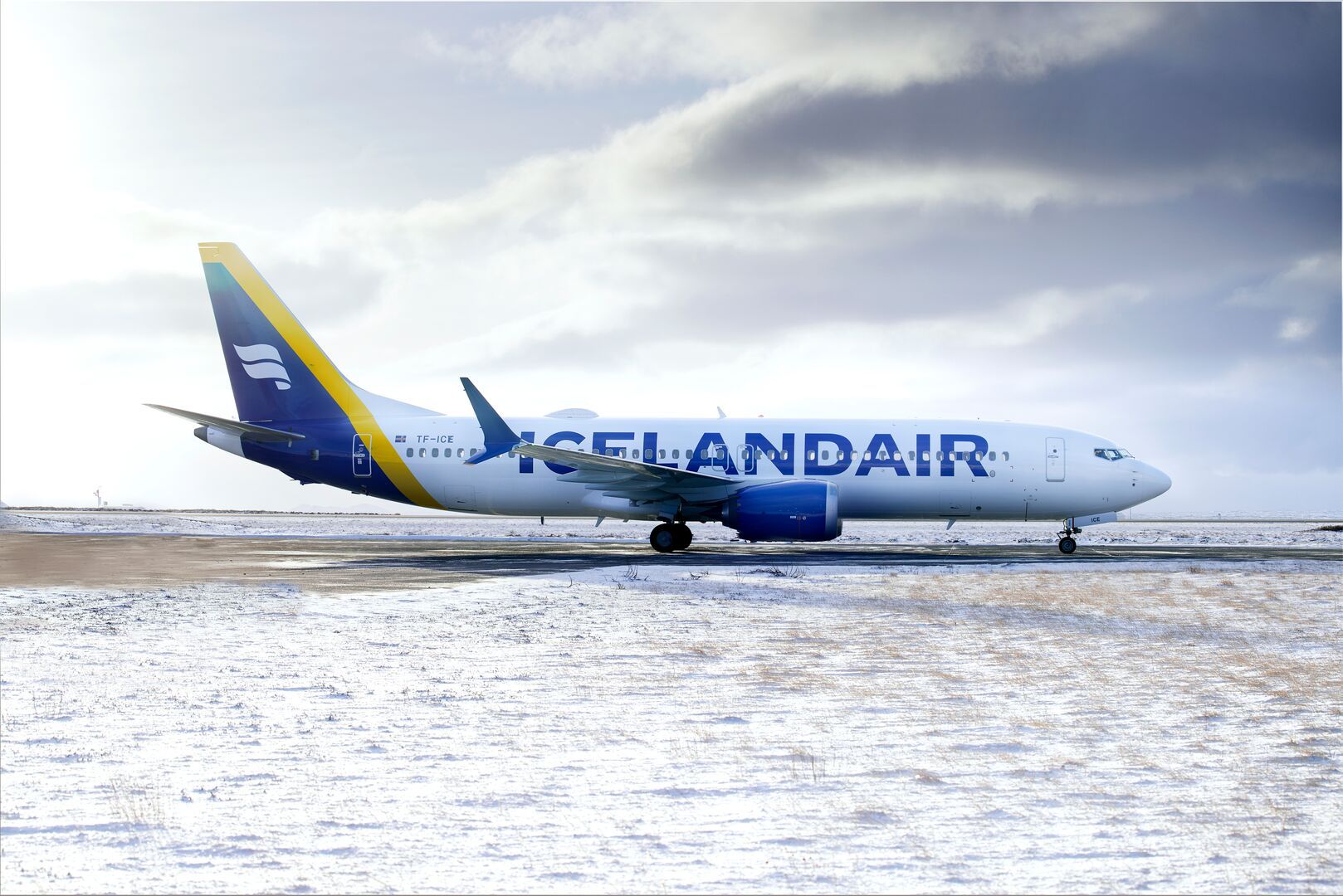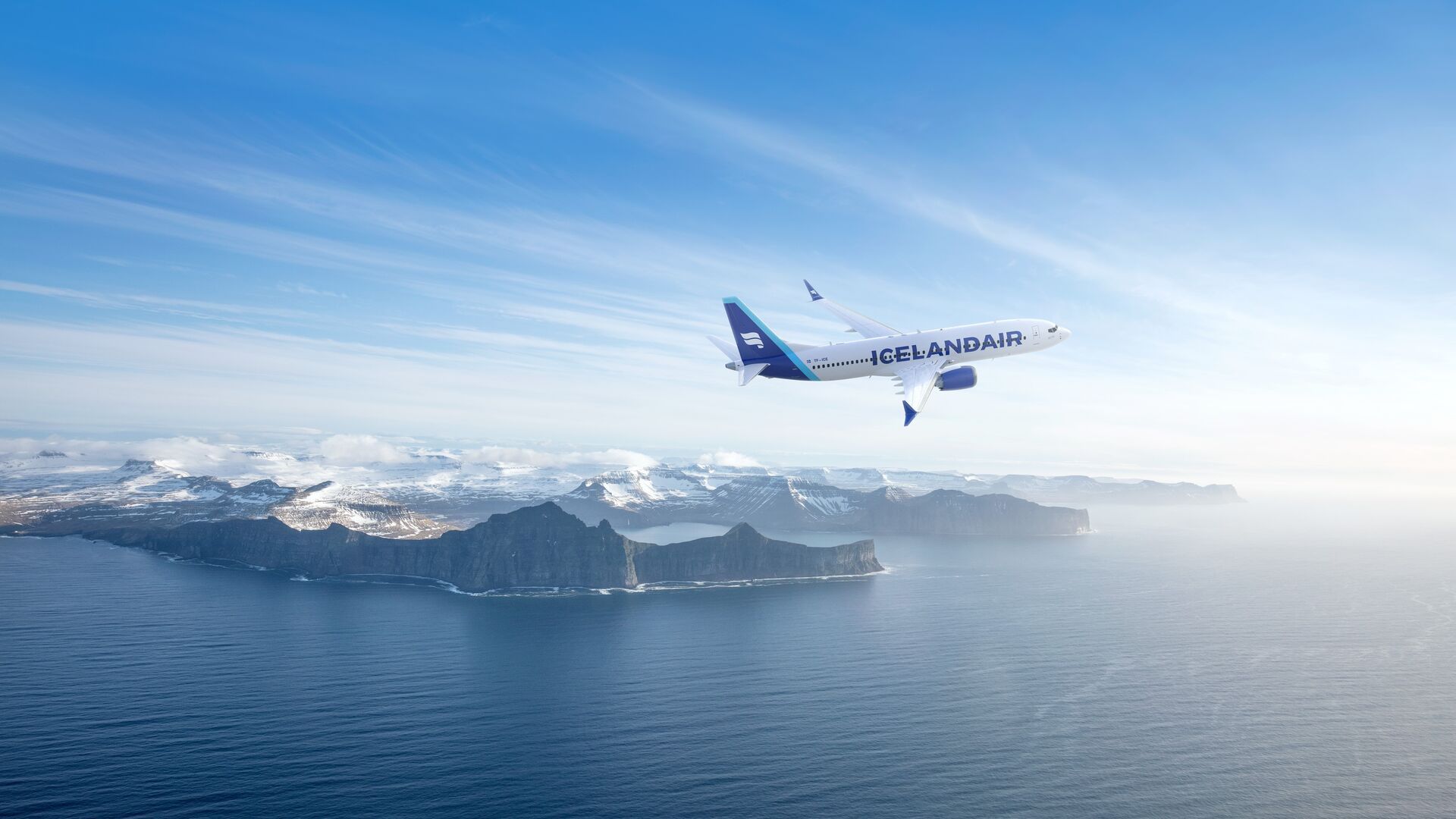In March 2018, Icelandair celebrated the arrival of its first Boeing 737 MAX. Today, the airline holds eight 737 MAX 8 and four 737 MAX 9 aircraft in its fleet. With the type continuing to grow its presence across operations, Simple Flying recently caught up with the company’s CEO, Bogi Nils Bogason, to talk about opportunities with the plane.
Plenty of activity
The flag carrier of Iceland's 737 MAXs have a busy summer schedule, being placed on 22 routes in mid-August. These single-aisle planes will be mostly seen on services to Boston and Copenhagen. Yet, they will also be well spotted across the operator's broader network.
The aircraft has been deployed as far as Seattle and Portland on the West Coast of the United States. In practice, the positioning of Icelandair's home of Reykjavík-Keflavík and the MAX's high range, allows the carrier to reach plenty of core distant markets on both sides of the Atlantic.
The 737 MAX covers 3,622 miles on its route to Seattle. Meanwhile, it covers 3,534 miles on its mission to Orlando. So, in addition to the likes of Newark and Chicago, the Boeing twinjet is covering great ground.
Bogason emphasizes that when his airline made the initial order for the 737 MAX, his airline didn’t expect that the plane would cover such a large portion of its network.
The executive told Simple Flying the following:
“We were assuming the MAX would cover Europe and the destinations on the East Coast of North America, but they have been exceeding our expectations in that respect. We are using the MAX on routes like Orlando and Seattle.”
Growing prospects
In this recovery period, the MAX has helped Icelandair expand across the United States already. Next month, the aircraft will be placed on routes to Raleigh-Durham, North Carolina.
The 737 MAX 8 will head to the new North American gateway on Tuesdays, Thursdays, Saturdays, and Sundays from May 12th, offering a capacity of 160 seats on each service.
Altogether, this new operation is a natural progression for Icelandair in this next chapter. The combination of the aircraft type and destination location is providing a great operational balance.
“We saw an opportunity in starting to serve Raleigh-Durham. The MAX has opened up the opportunity for us. In normal years, we are constantly analyzing new destinations. This year, Raleigh-Durham is our new addition in North America. It just checked many boxes. It serves the three markets quite well - to Iceland, from Iceland, and via Iceland.”
Bogason added that Raleigh-Durham doesn't have a lot of direct service to Europe. With a population of about two million and a catchment area of six million, Icelandair can offer the airport’s passengers convenient connections to over 25 destinations in Europe via Iceland. Notably, Bogason expresses that “Icelandair will offer many of them the most convenient route to Europe.”
Emerging markets
The airline believes there is a strong market in North Carolina. Since it started to sell tickets, bookings have been strong. So, based on this experience, everything is going as planned with the initiative. Like plenty of other market segments across North America, Icelandair recognizes that North Carolinians are keen to visit Iceland, which is generally a popular tourist destination.
Nonetheless, Bogason notes that the state is also a great destination for the market from Iceland. Raleigh-Durham’s catchment area hosts a budding tech industry and attracts students to its universities. So, across the board, it’s a valuable addition to Icelandair’s network.
All in all, the 737 MAX is increasingly becoming an integral member of global fleets following its return to service. Icelandair concludes that the aircraft’s efficiency is also benefiting the airline significantly thanks to lower fuel burn. So, with the aviation industry going through a consistent period of recovery heading into the summer, we can expect the plane to affirm itself as a mainstay in several regions.
What are your thoughts about Icelandair’s Boeing 737 MAX aircraft? What do you make of the plane’s progress in recent months? Let us know what you think in the comment section.



